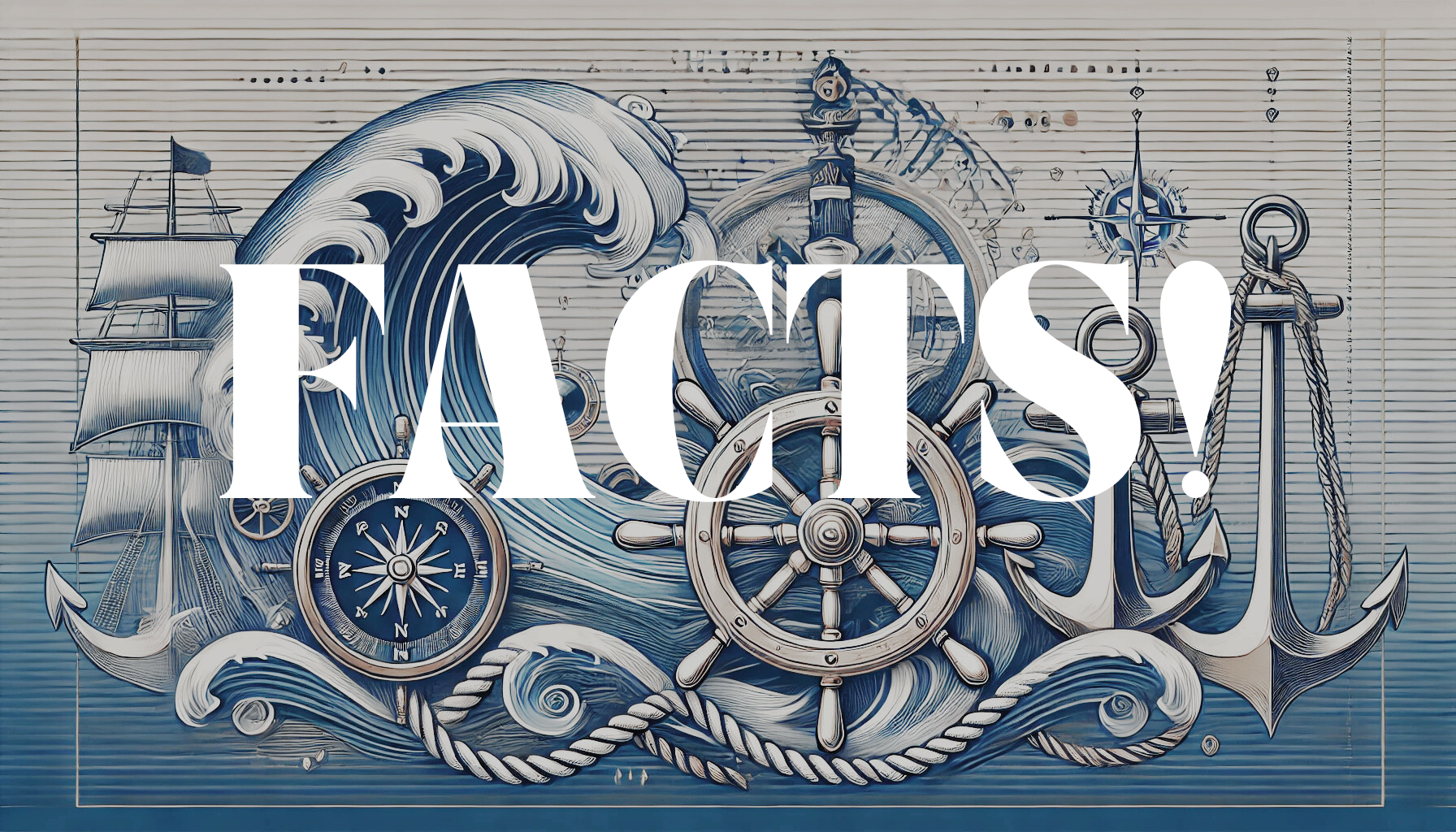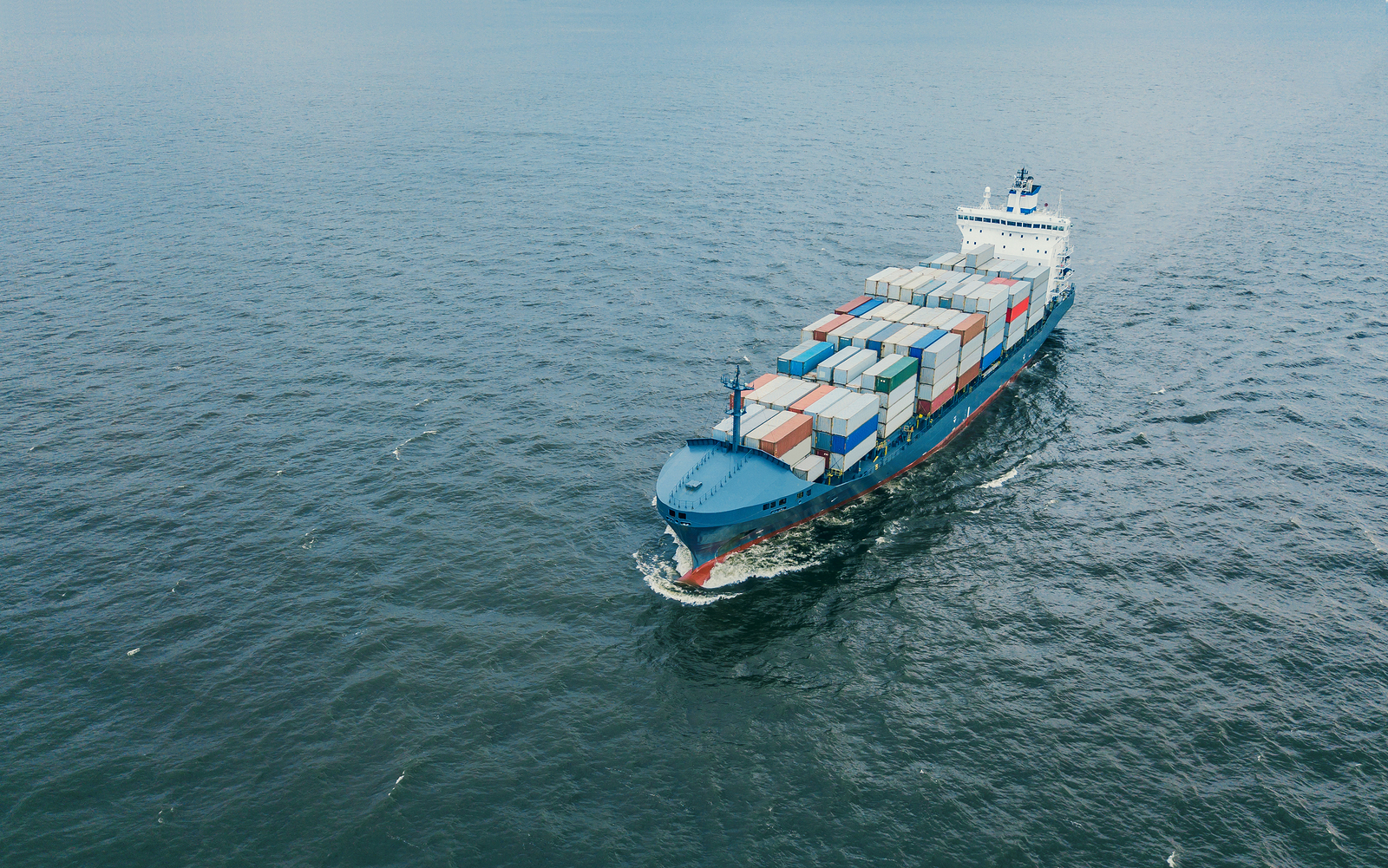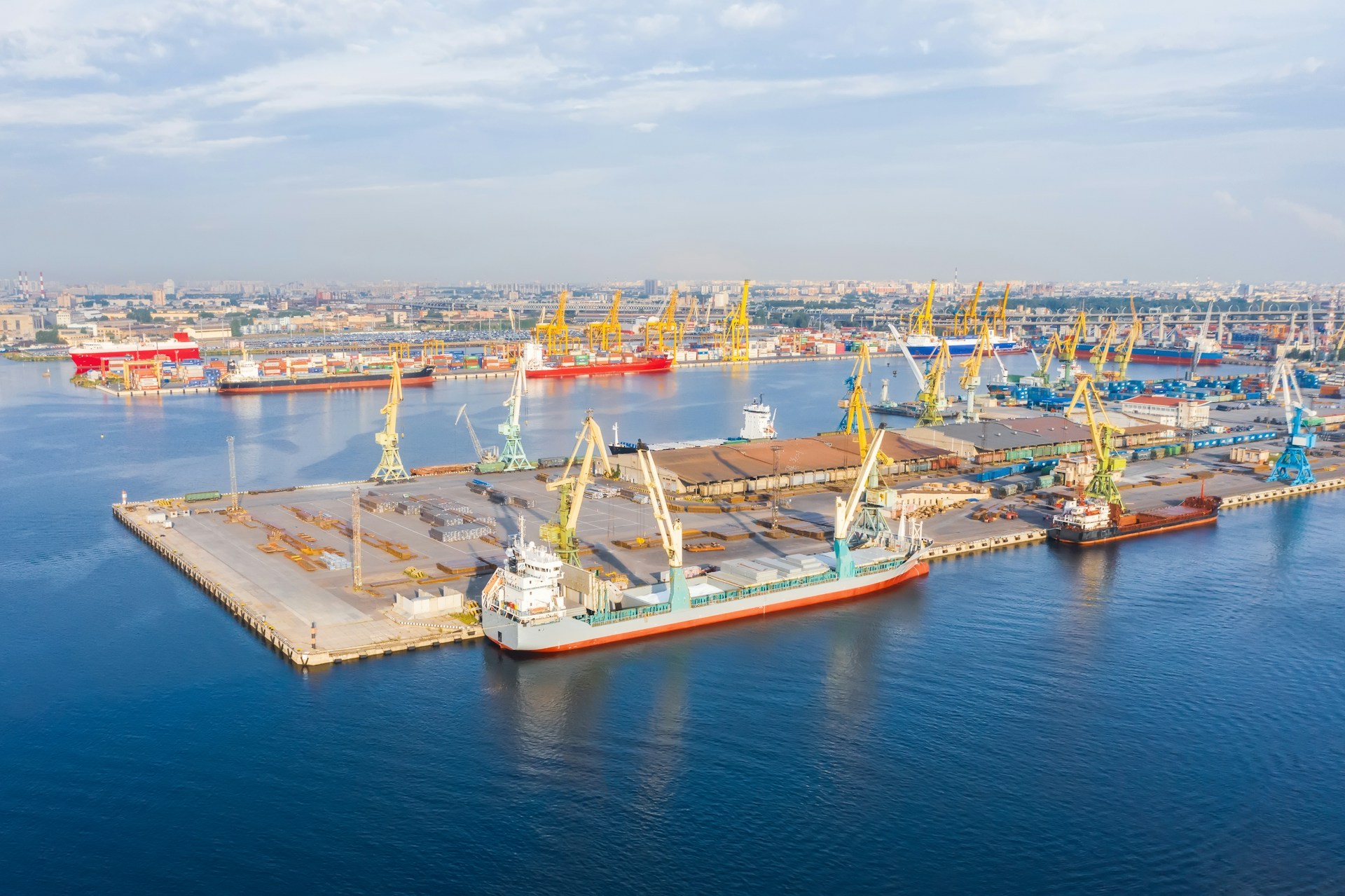Interesting Facts about Modern Maritime Transport

Did you know that 90% of all goods are transported by ship? The maritime industry drives the world, ensuring that everything from electronics to food, cars, and even bananas reaches its destination. But there's much more to maritime transport than just moving cargo from Point A to Point B.
Whether you're a seafarer, a shipping company, or just someone curious about how the shipping industry works, we've compiled some fascinating facts about modern maritime transport, its history, and its crucial role in global trade. Let’s dive in!
Maritime Transport: Driving Global Trade
Maritime transport is the backbone of international trade. Here’s why it’s so important:
- 90% of all goods in the world are moved by ship.
- Goods that travel by sea include oil, coal, grain, cars, electronics, and even perishable items like fruit.
- Ships are crucial for importing and exporting goods, making the world more connected and reliant on each other.
Here’s how the numbers add up:
| Type of Cargo | Amount Carried by Ships (Annually) |
| Oil and Gas | 3.3 billion metric tons |
| Bulk Cargo (Coal, Grain) | 2.9 billion metric tons |
| Containers | 811 million TEUs |
| Bananas | Enough to feed the world! |
Fun Fact: The world’s cargo ships can carry up to 745 million bananas in a single shipment! That's enough to give everyone on Earth about 100 bananas.

Types of Ships in Maritime Transport
Different types of ships serve different purposes in the maritime industry. Let’s take a look at some of the most common ones:
| Ship Type | Purpose | Fun Fact |
| Container Ships | Carry goods in large containers | The largest can hold over 24,000 TEUs. |
| Bulk Carriers | Transport raw materials like coal and grain | They make up 21% of the global fleet. |
| Tankers | Carry liquids such as oil and gas | The biggest tanker can hold 500,000 tons. |
| Cruise Ships | Transport passengers | The largest can hold up to 6,988 guests. |
| Ro-Ro Ships | Roll-on/Roll-off ships for vehicles | They can carry up to 7,600 cars. |
A Brief History of Maritime Transport
Maritime transport has come a long way from hollowed-out logs to the giant container ships we see today. Here’s a quick timeline:
Ancient Times
- Early boats were made by hollowing out logs and were used for fishing and transportation.
- The Phoenicians were among the first to build large ships for trade in the Mediterranean.
Middle Ages
- The Vikings built longships to explore and raid.
- Italian city-states like Venice established trade routes across Europe.
Age of Exploration
- Navigational tools like the compass and astrolabe allowed sailors to venture into the open seas.
- Global trade routes were established between continents.
19th Century
- Steam engines replaced sails, making ships faster and more efficient.
- The Suez Canal (1869) and Panama Canal (1914) revolutionized maritime routes.
20th Century and Beyond
- Containerization in the 1950s changed the game, allowing faster loading/unloading of goods.
- Modern ships are now equipped with digital systems and automation for greater efficiency.

How Big Are Today’s Ships?
Modern ships are enormous! Here’s how some of the largest compare:
| Ship Type | Name | Length | Capacity |
| Largest Cargo Ship | Ever Alot | 1,312 feet | Over 24,000 TEUs |
| Largest Cruise Ship | Wonder of the Seas | 1,188 feet | Holds up to 6,988 passengers |
| Largest Oil Tanker | Seawise Giant (retired) | 1,504 feet | Held 4 million barrels of oil |
For perspective:
- A TEU (Twenty-foot Equivalent Unit) is a standard shipping container size.
- One TEU can hold 18,000 pairs of shoes! Imagine the logistics behind that.
Maritime Transport & the Environment
While maritime transport is essential, it also contributes to greenhouse gas emissions. The shipping industry is working toward reducing emissions by adopting new technologies and fuels.
- Cleaner fuels like LNG (liquefied natural gas) are becoming more common.
- The International Maritime Organization (IMO) sets safety and environmental standards for ships globally.
Did You Know?
Shipping emits less CO2 per ton of cargo compared to trucks, planes, and trains, making it the most eco-friendly form of commercial transport.
Fascinating Maritime Facts
Here are some fun facts to impress your friends and get you bonus points at trivia night:
- The first steamship to cross the Atlantic was the Savannah in 1819.
- 97% of all shipping containers are built in China.
- The busiest port in the world is the Port of Shanghai, handling over 47 million TEUs annually.
- A large cargo ship burns 150-250 tons of fuel per day. That’s enough to power 3,770 smart cars per kilometer!
- The largest car carrier ships can hold up to 7,600 vehicles at once.

Why Maritime Transport is Still Essential
Despite advances in aviation and other forms of transport, shipping remains the most efficient way to move large quantities of goods across the globe.
- Low cost: Shipping is cheaper than air freight for bulk goods.
- High capacity: One large ship can replace thousands of trucks or hundreds of planes.
- Global reach: Ships can access remote ports and deliver goods where other transport methods can’t.
The Future of Maritime Transport
The future of maritime transport is evolving with:
- Automation: Smart ships that require fewer crew members.
- Digitalization: Advanced tracking systems for real-time updates.
- Green technologies: Hybrid engines and alternative fuels to reduce emissions.
Join the Maritime Industry with Martide!
Interested in being part of this dynamic industry? At Martide, we help connect skilled seafarers with shipping companies worldwide.
Why Choose Martide?
- Easy application process
- Worldwide opportunities
- Mobile-friendly platform
Sign up today to start your career at sea!
Download the Martide app from Google Play or the Apple Store to apply on the go.
Conclusion
From humble beginnings to modern mega-ships, the maritime industry has come a long way. It continues to drive global trade, power economies, and connect the world through sea routes.
The next time you see a ship in the harbor, remember — it’s likely carrying a piece of the world to you!
This article was first published on January 23rd 2023 and updated on 6th February 2025

Gavin Hirst
Gavin is a contributing writer to the Martide blog who covers topics ranging from life at sea to maritime crew management software. A native Brit who is now based in Auckland, NZ, Gavin is also an SEO expert and partner in a successful digital marketing agency that has offices in New Zealand and the United Kingdom.
New Zealand


